How to Attract Pollinators to Your Summer Garden
Are you looking for ways to attract pollinators such as bees, butterflies, and hummingbirds to your summer garden? I’ll share some simple tips on growing a pollinator paradise that supports a variety of bee species and other beneficial insects.
Whether you have a vegetable garden, a pollinator garden, or just want to create a welcoming place for beneficial insects, choosing the right plants, providing a fitting water source, and organically controlling garden pests and diseases can play a vital role.

As an Amazon affiliate, I earn a commission from qualifying purchases at no additional cost to you. My blog also features other affiliate links for your convenience. Click here to read my privacy policy.
What is Pollination?
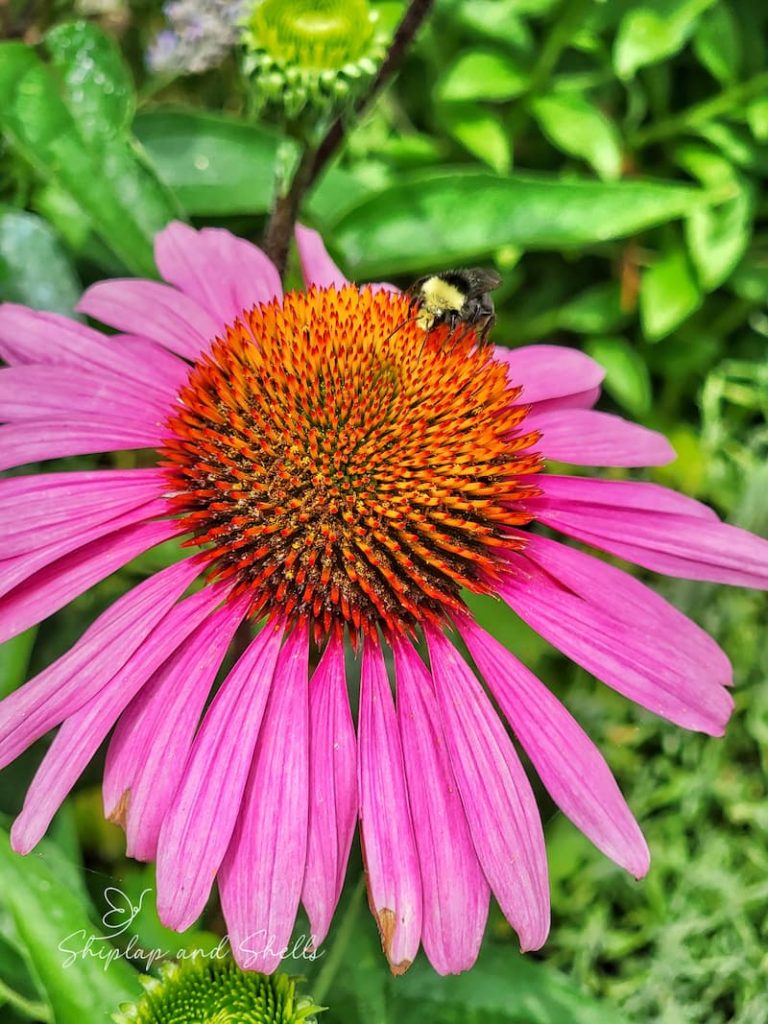
Pollination plays an important role in a plant’s life cycle. Most plants would not be able to produce fruit or set seeds without flower pollination.
Flower pollination begins when a pollinator, such as a bee, lands on a flower in search of food. The bee sips nectar from the flower head while pollen sticks to its body. When the bee flies to a new flower, the pollen from the last bloom rubs off onto the new one. Pollination occurs as the bee lands on each flower.
It’s as easy as that!
Best Garden Pollinators
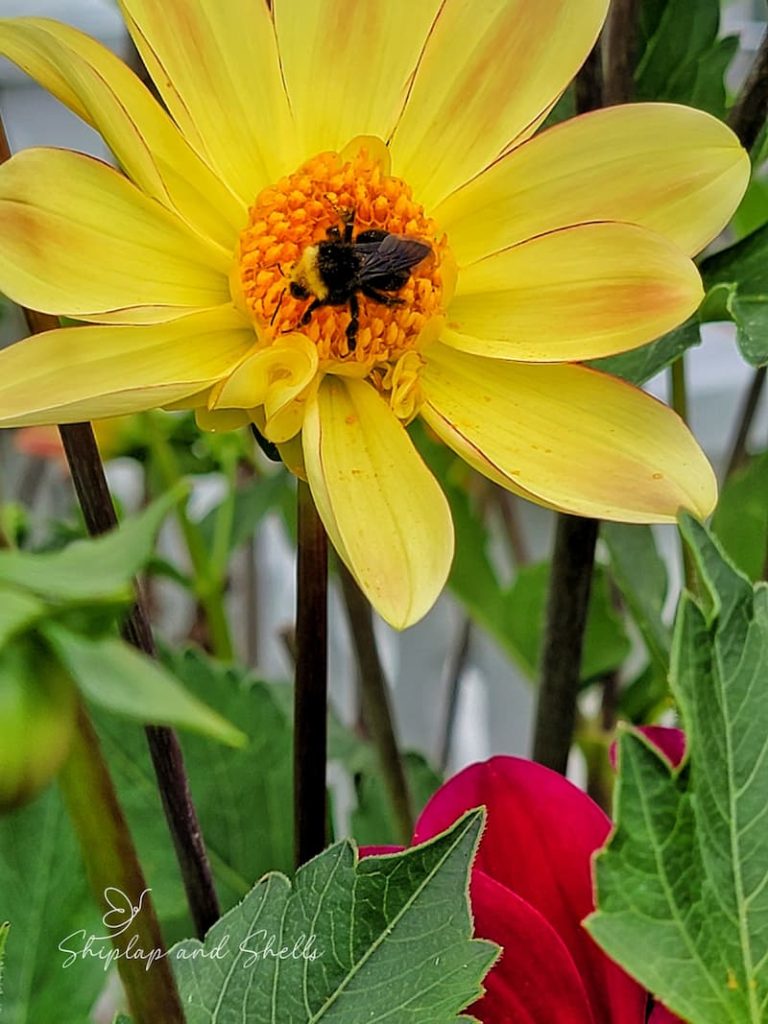
Growing a variety of flowering plants with different sizes and shapes will attract and support a wide range of pollinators. When you create a diverse garden. it will provide effective and efficient pollination of your plants.
Here are some of the best pollinators to attract to your garden:
Tips on How to Attract Pollinators to Your Garden
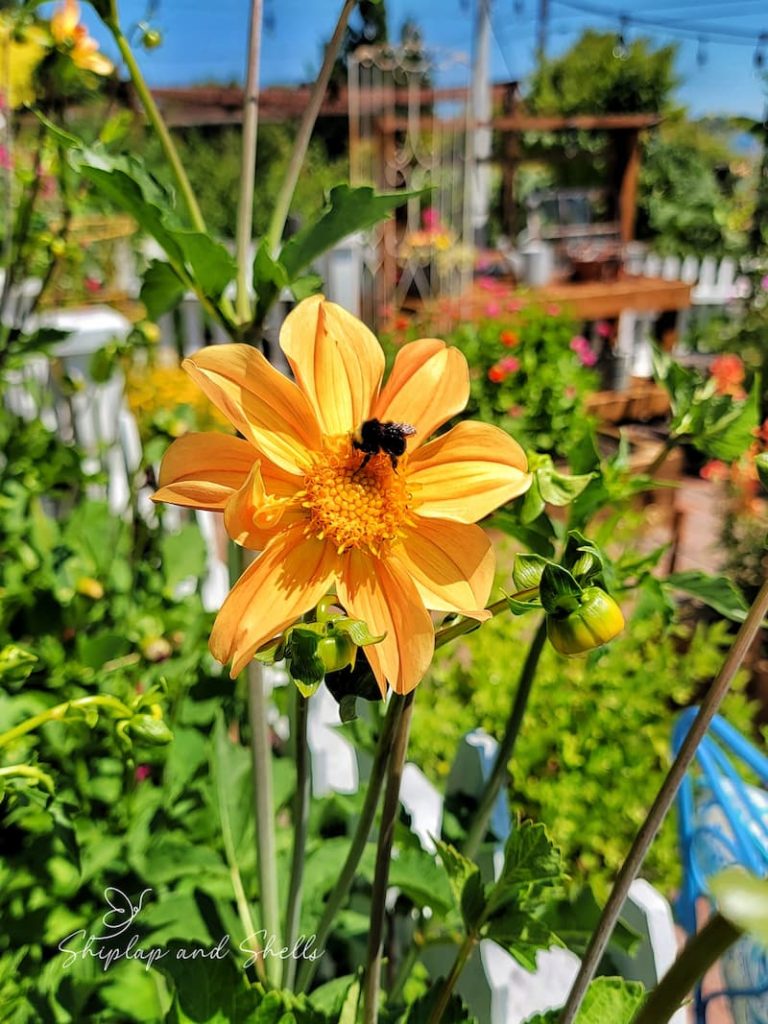
Here are some tips for what to plant to attract bees, butterflies, and hummingbirds and how to keep them returning to your pollinator garden.
Succession Planting
Grow a variety of plants that will bloom at different times throughout the year. This will provide nonstop food for the pollinators.
The technique of strategically staggering the planting of crops for a continuous harvest throughout the growing season is called succession planting.
Succession planting is especially useful for small-scale gardens or those with limited growing seasons. This allows gardeners to make the most of their available space and enjoy a continuous bounty of homegrown flowers and vegetables throughout the year.
Companion Planting
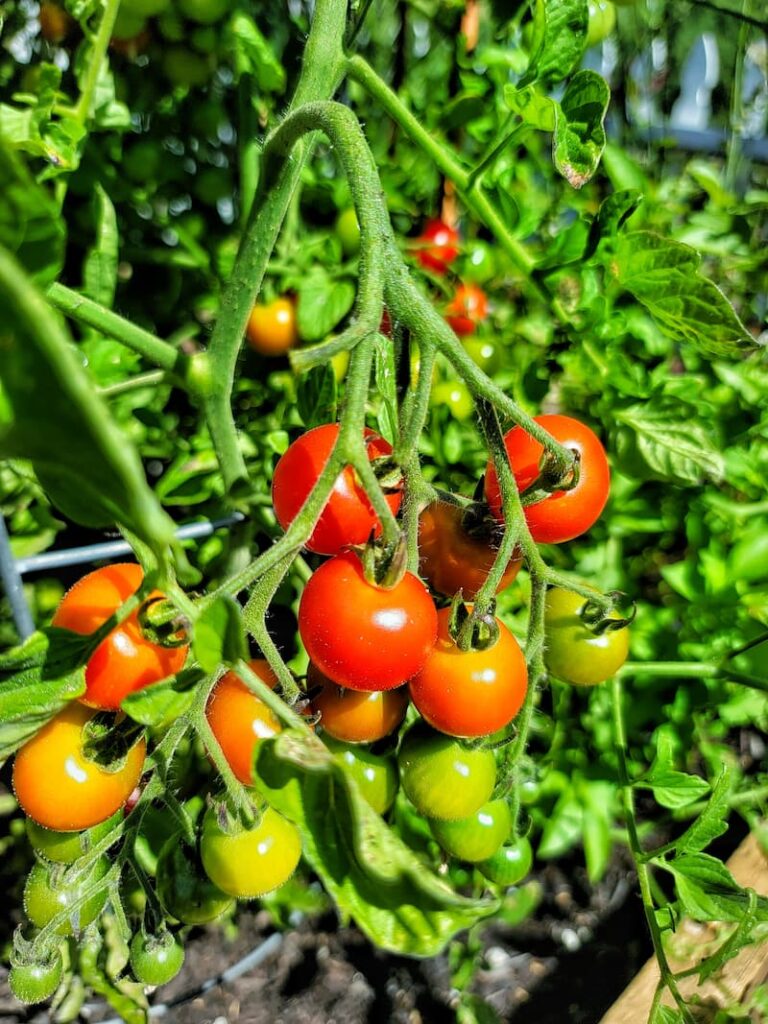
Another popular gardening technique involves strategically pairing compatible plants to promote their mutual growth and deter pests.
Here are a few examples of beneficial companion planting:
Mixing Types of Flower Structures
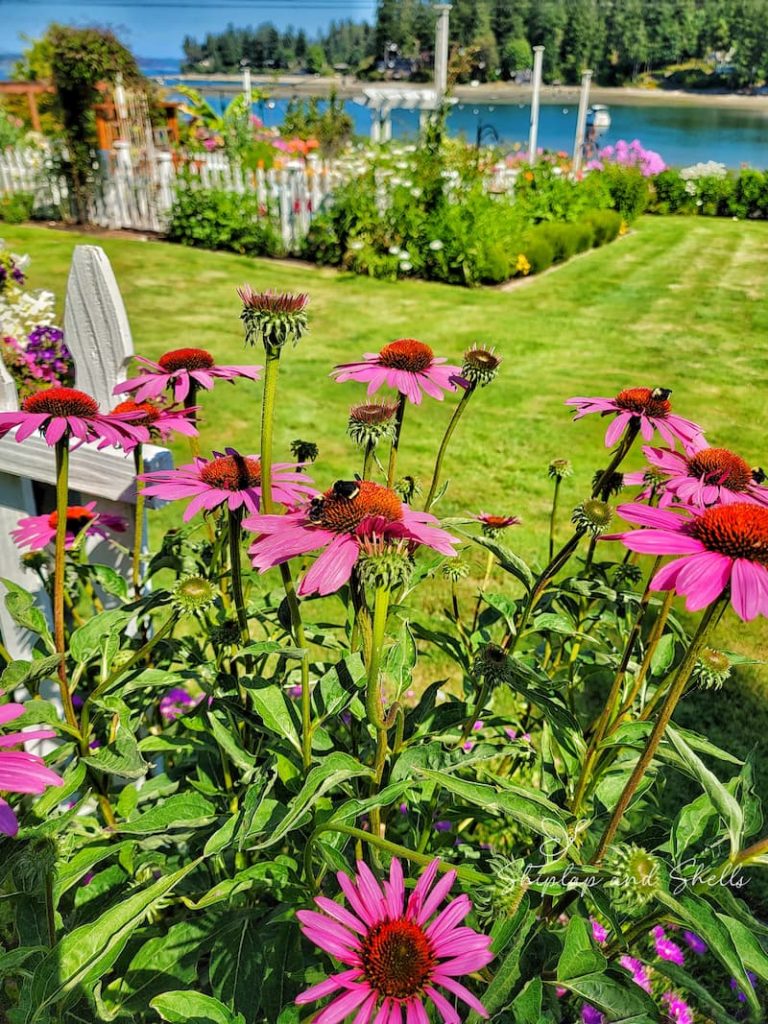
To create a haven for pollinators in your garden, it’s essential to mix different types of flower structures. So by offering a variety of flower shapes and sizes, you can attract a diverse range of pollinators.
Plant flowers with simple, open structures like daisies or asters, because they are easily accessible to a wide range of insects.
These flowers provide a landing pad for butterflies and bees to gather nectar and transfer pollen. Include tubular flowers, such as salvias, to attract hummingbirds and long-tongued bees. Their shape allows these pollinators to reach deep into the flower to access the nectar.
Add flowers with clusters of small, tightly packed florets, like yarrow or Queen Anne’s lace, so you’ll attract beneficial insects like hoverflies and tiny bees to your garden.
These structures provide many feeding opportunities within a single flower head. Mixing flower structures in your garden is a great way to create a visually stunning display while ensuring nectar and pollen are available to a variety of pollinators.
Creating a Sustainable Garden
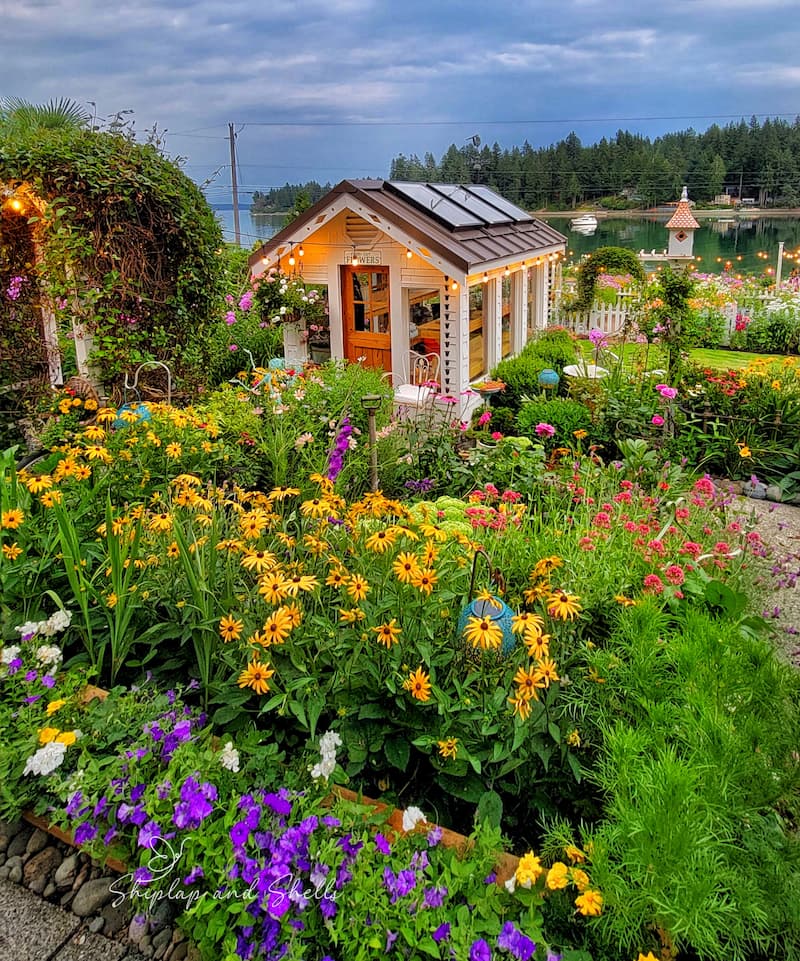
By eliminating pesticide use, you’ll create a safe haven for bees, butterflies, and other important pollinators.
Pesticides, even those labeled as “safe for bees” can have unintended negative effects on beneficial insects. These chemicals can contaminate nectar and pollen, making them toxic or less appealing to pollinators.
Instead, use organic pest control alternatives that can effectively manage pests without harming beneficial insects. Here are a few examples:
Deadheading Any Spent Flower Blooms
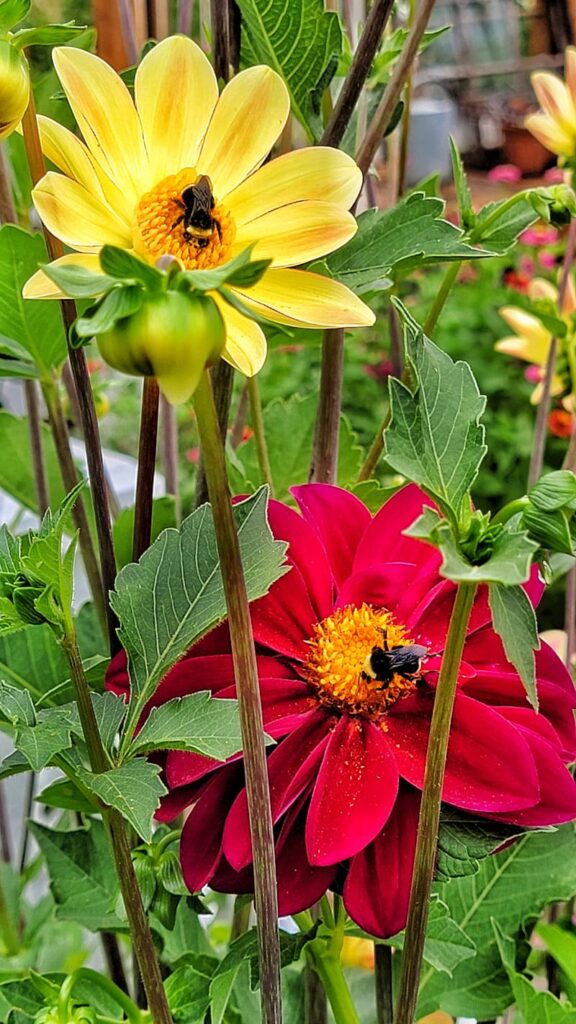
Deadheading is the removal of faded or spent flowers from plants. By regularly deadheading, you will encourage new blooms, prevent seed production, and promote overall plant health.
This encourages the plant to redirect its energy towards producing new flowers rather than setting seeds. Deadheading stimulates prolonged flowering, ensuring a continuous display of color and attracting more pollinators.
Avoiding Double Flower Varieties
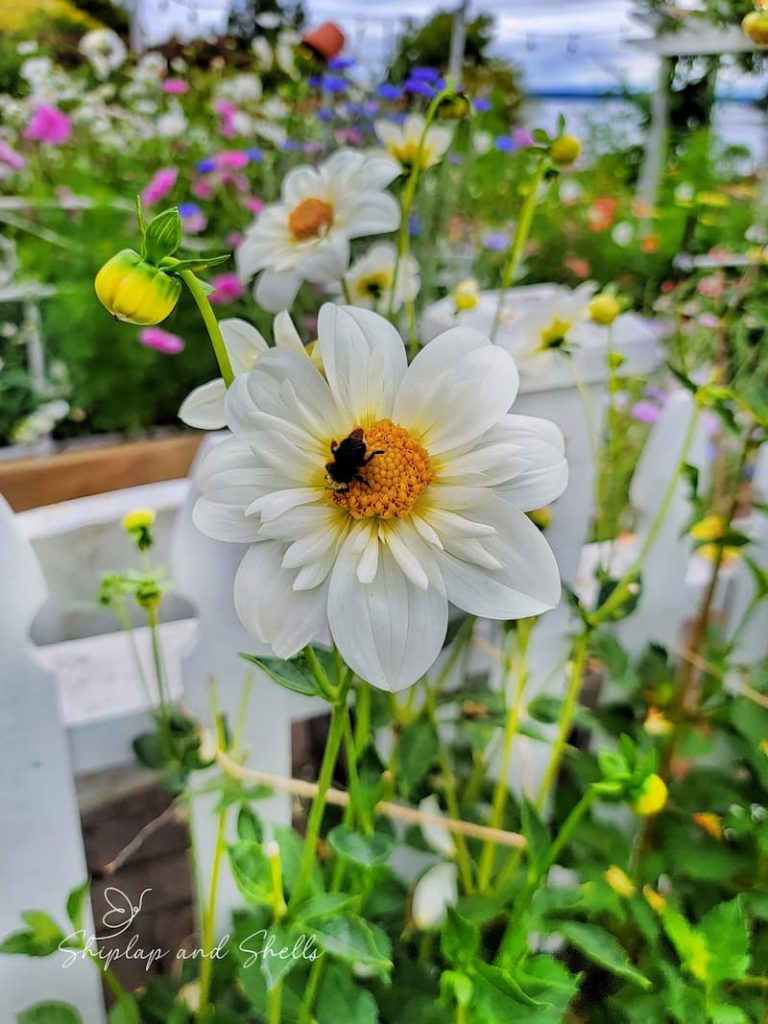
When it comes to creating a pollinator-friendly garden, it’s best to avoid double-flowered varieties.
Double flowers or rosette flowers have extra layers of petals that look beautiful, but these densely packed petals can make it challenging for pollinators to access the flower’s reproductive parts, such as nectar and pollen.
Examples of double flowers to avoid include some varieties of roses, dahlias, peonies, and zinnias.
Instead, opting for single-flower varieties, which have a simpler structure and fewer petals, is a better choice to support and attract pollinators to the garden. Examples of single flowers are wild roses, daisy-type flowers, or open-faced zinnias.
Growing Native Plants

Native plants provide a familiar and reliable source of food and shelter for bees, butterflies, hummingbirds, and other pollinators. They often produce nectar and pollen that match the feeding preferences and tongue lengths of local pollinators.
These native plants can offer a variety of bloom times throughout the growing season, providing a continuous supply of nourishment.
Research the native plant species in your region and choose a mix of flowering plants that offer a variety of colors, shapes, and sizes.
Growing Plants in Groups
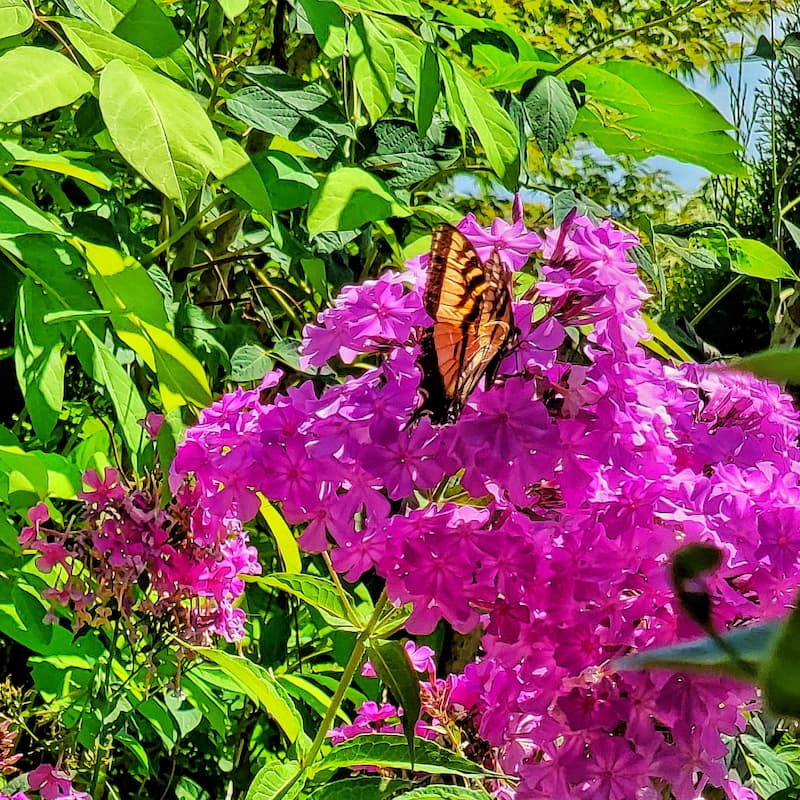
Growing plants in groups or clusters is a strategy that can significantly enhance the attraction of pollinators to your garden. When plants are grouped together, they create a more prominent display of flowers, making it easier for pollinators to locate their preferred food sources.
The close proximity of flowers in clusters also increases the chances of cross-pollination, as pollinators move between plants within the group.
This clustering technique is especially effective when planting a variety of species that bloom at different times throughout the growing season. This will ensure a consistent supply of nectar and pollen for pollinators.
When selecting different plants for grouping, choose complementary colors, shapes, and heights to create beautiful combinations. Plant a mix of annuals, perennials, and native plants to provide a diverse range of food sources for different pollinator species.
Understanding Annuals vs. Perennials in the Garden
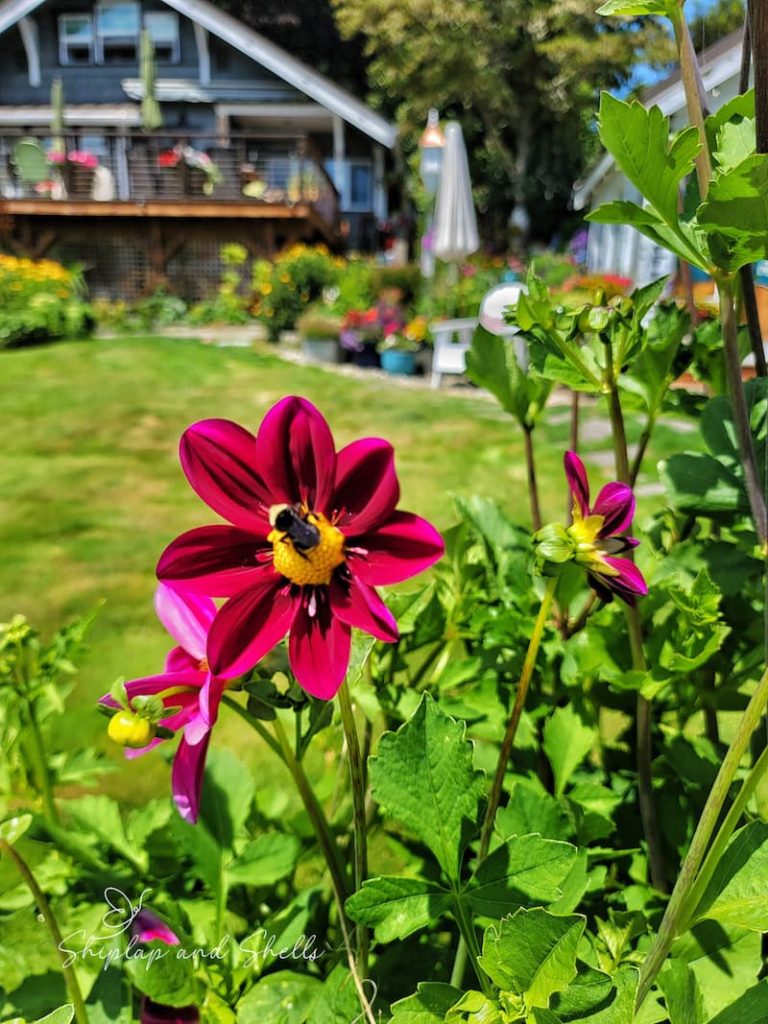
Knowing the difference between annual and perennial garden plants is essential for creating a vibrant and thriving garden.
Annuals complete their life cycle within a single growing season, requiring replanting each year. Perennials come back year after year, growing and blooming during their specific growing season.
So mix both types into your garden to ensure a continuous food supply for pollinators throughout the year.
Supporting Species of Native Bees
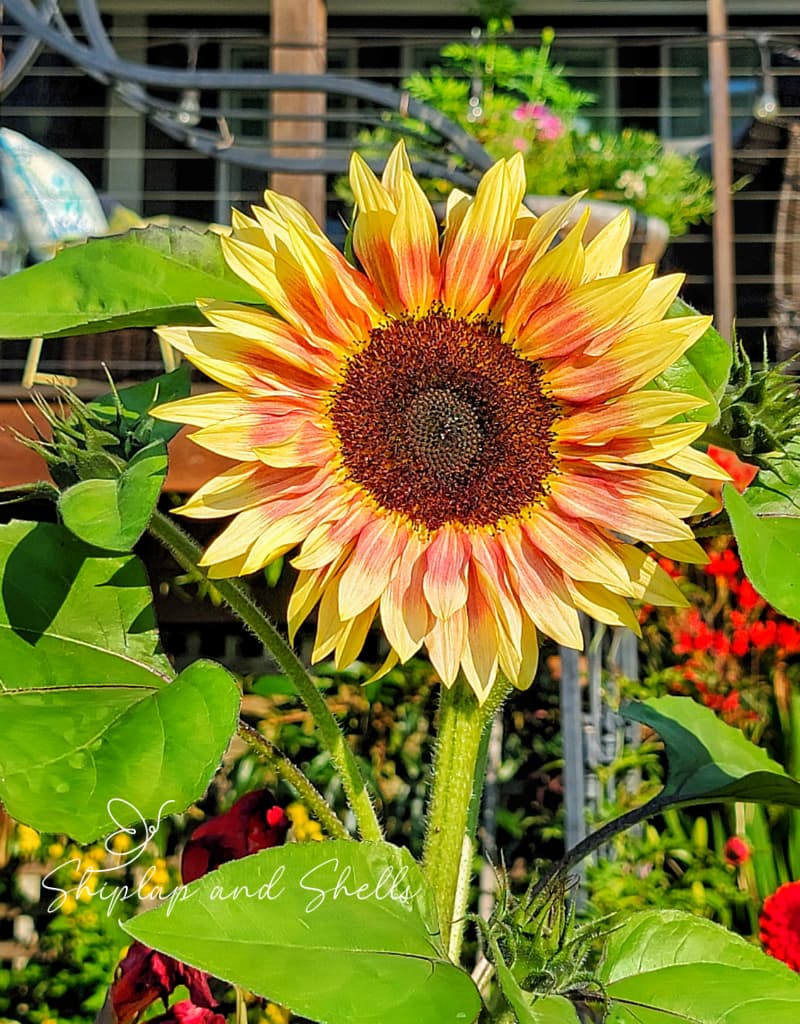
Mason bees and bumble bees are highly efficient pollinators and play a significant role in the ecosystem.
To attract and nurture these important bee species, consider adding host plants such as specific grasses or wildflowers that they prefer. By diversifying your plant selection, you create an inviting environment for different bee species of all sizes.
Flowers that Attract Pollinators to the Garden
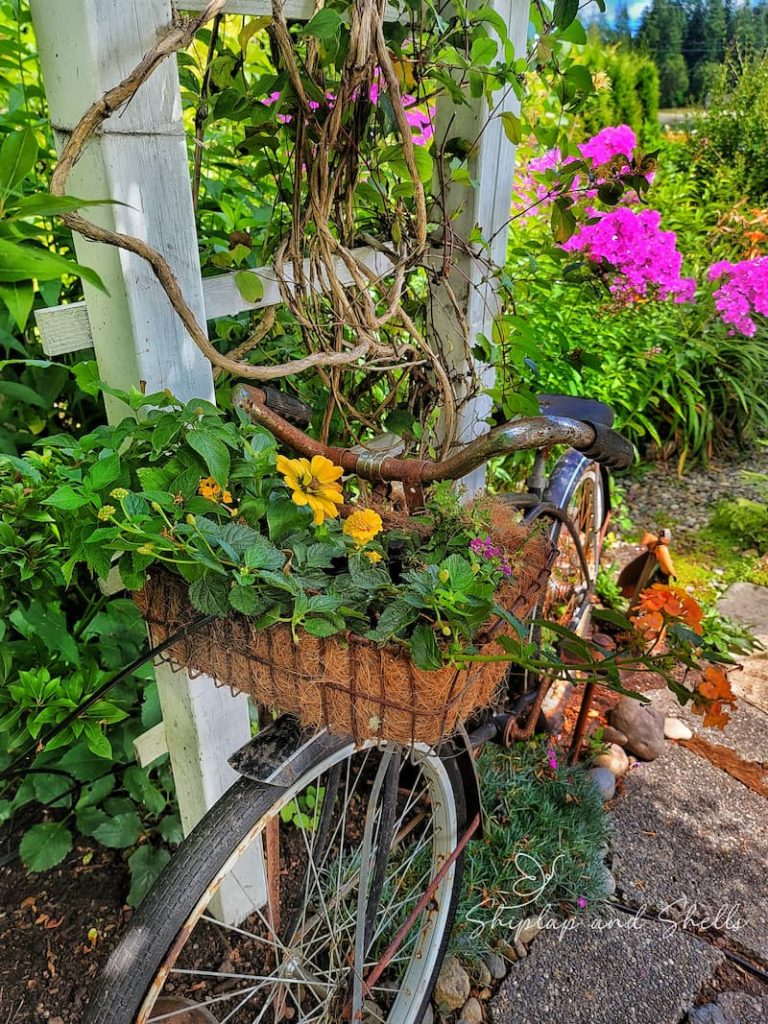
Choosing the best plants for pollinators is important for attracting bees, butterflies, hummingbirds, and others to your flower beds and container garden.
Grow a variety of flowers with bright colors. Pick flowering plants like bee balm, purple coneflower, and black-eyed Susan, which produce nectar-rich, single flowers that are irresistible to bees, butterflies, and other insect pollinators.
These plants not only add beauty to your garden but also serve as important food sources for beneficial insects.
Best Flowers to Attract All Pollinators
Dahlias
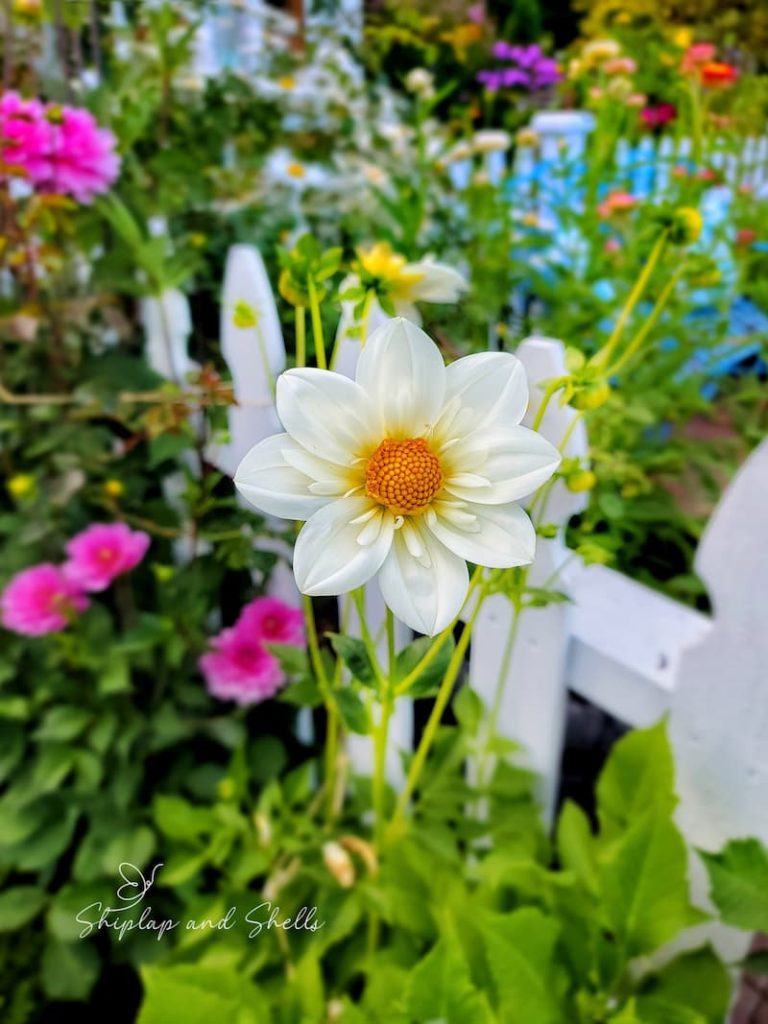
Dahlias are the most beautiful flowers and are perfect for attracting bees, butterflies, and hummingbirds. Pollinators like open-center dahlia varieties, unlike petals that are too close together for them to access such as pom-pom or cactus dahlia varieties.
Zinnias
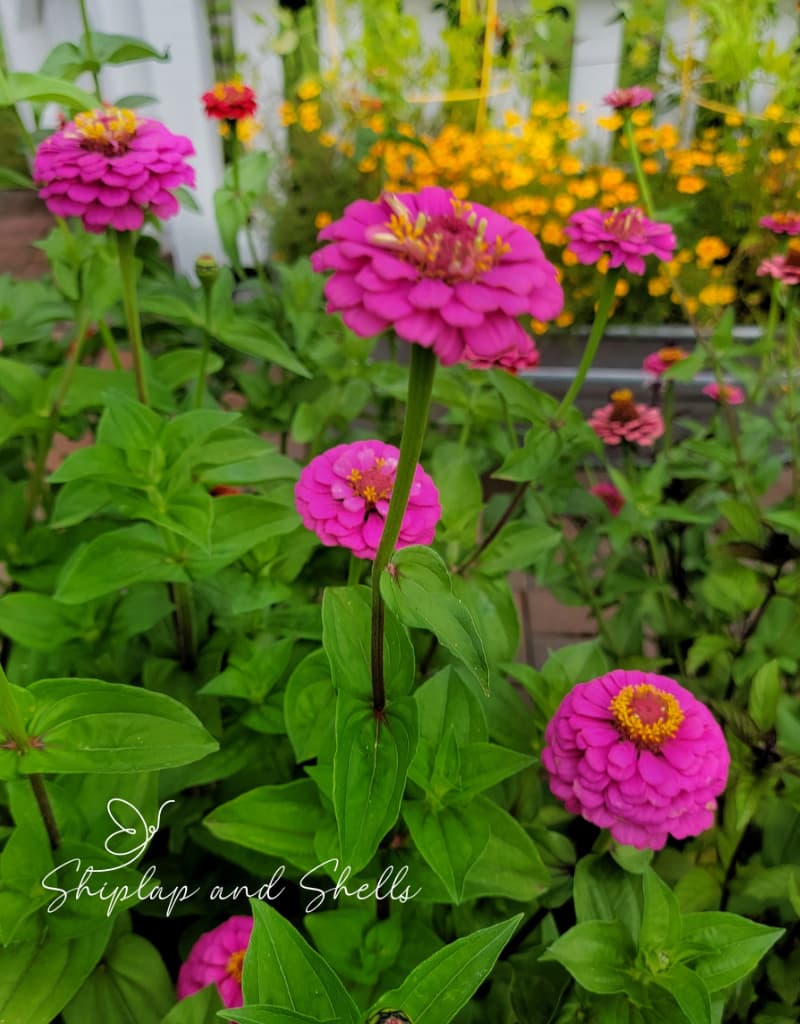
Zinnias are a favorite for bees and hummingbirds. Birds love the seeds that develop once the pollinators have feasted on their nectar.
Cosmos
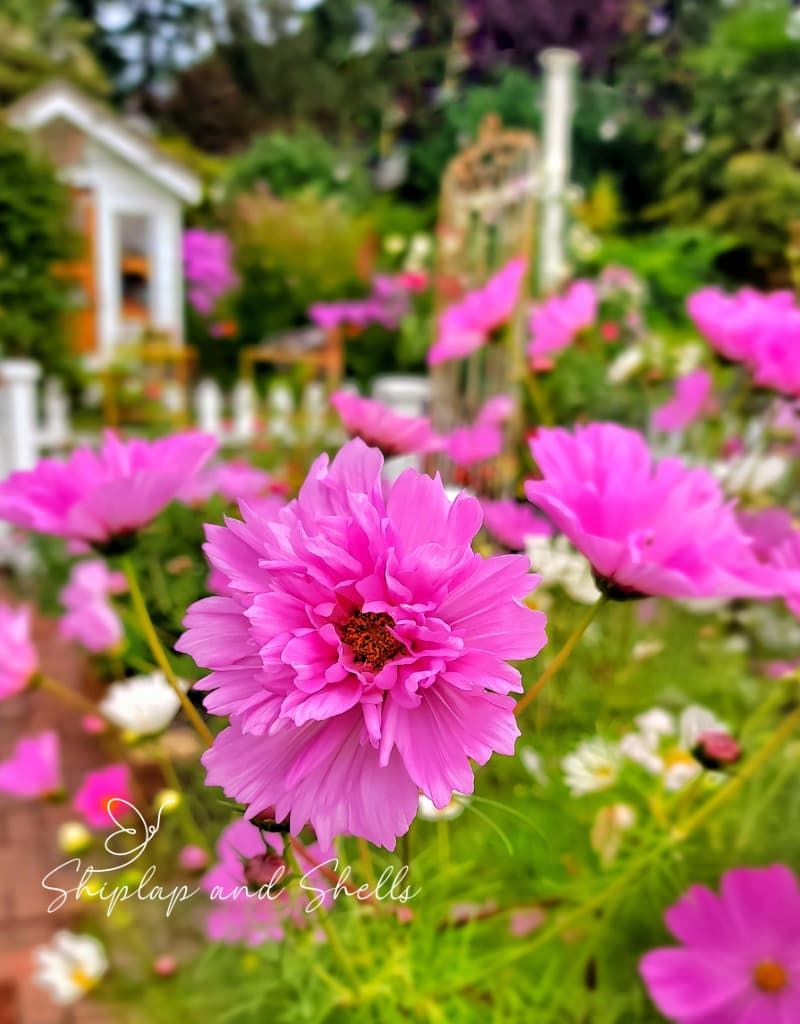
Bees, butterflies, and hummingbirds love the cosmos. This annual will bloom from late spring until the fall’s first frost.
Coneflower
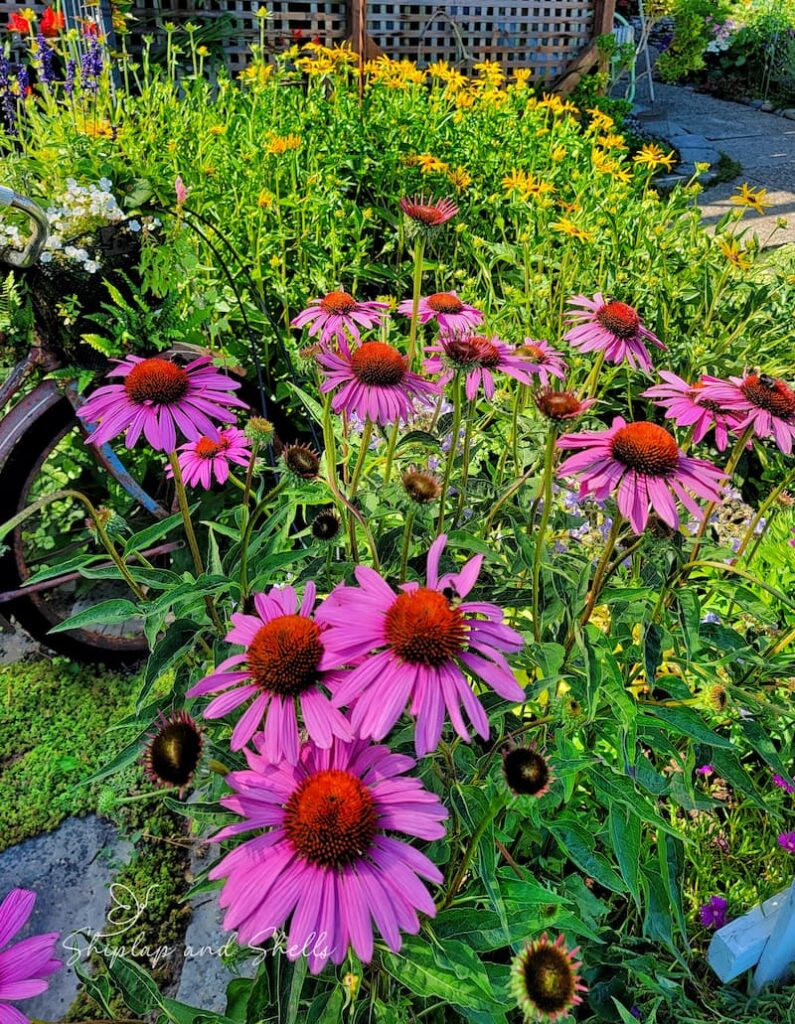
Also known as echinacea, this perennial is one of the most bee-friendly plants in the garden but is also loved by is loved by hummingbirds, and butterflies. Birds also like the drying seed heads.
I always see tons of bees on these blooms throughout the growing season. The bloom time in my hardiness zone 8b is from early summer to mid-fall.
Black-Eyed Susans
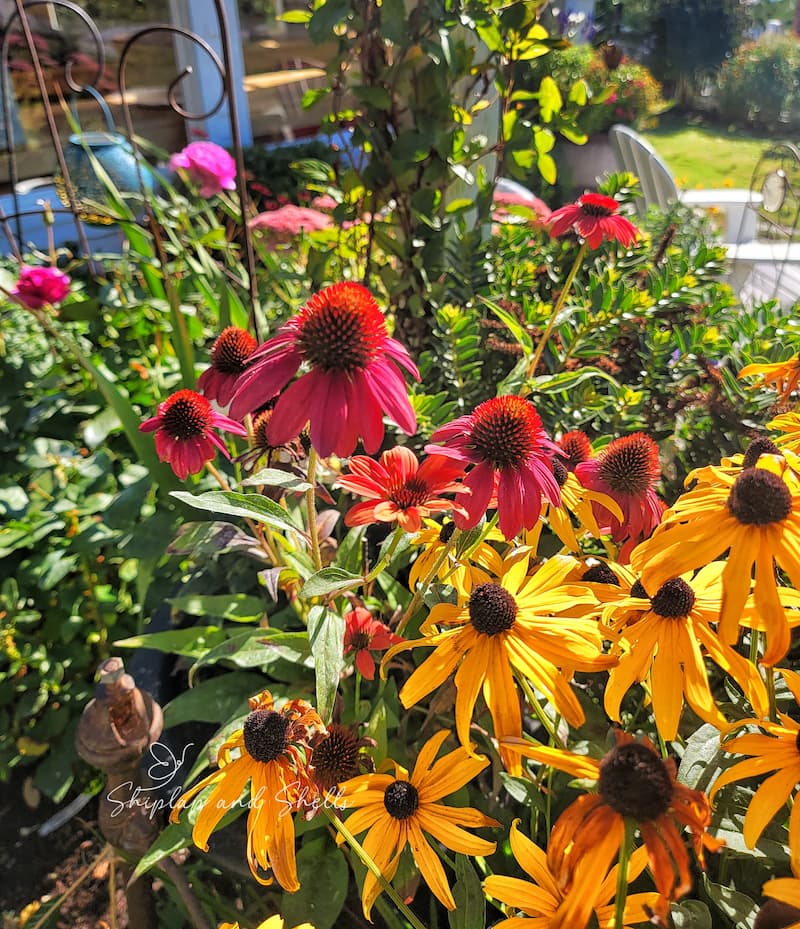
This plant has the most gorgeous yellow flowers which bloom from mid-summer to fall and attracts bees, butterflies, and hummingbirds, as well as birds who love the seeds.
Daisies
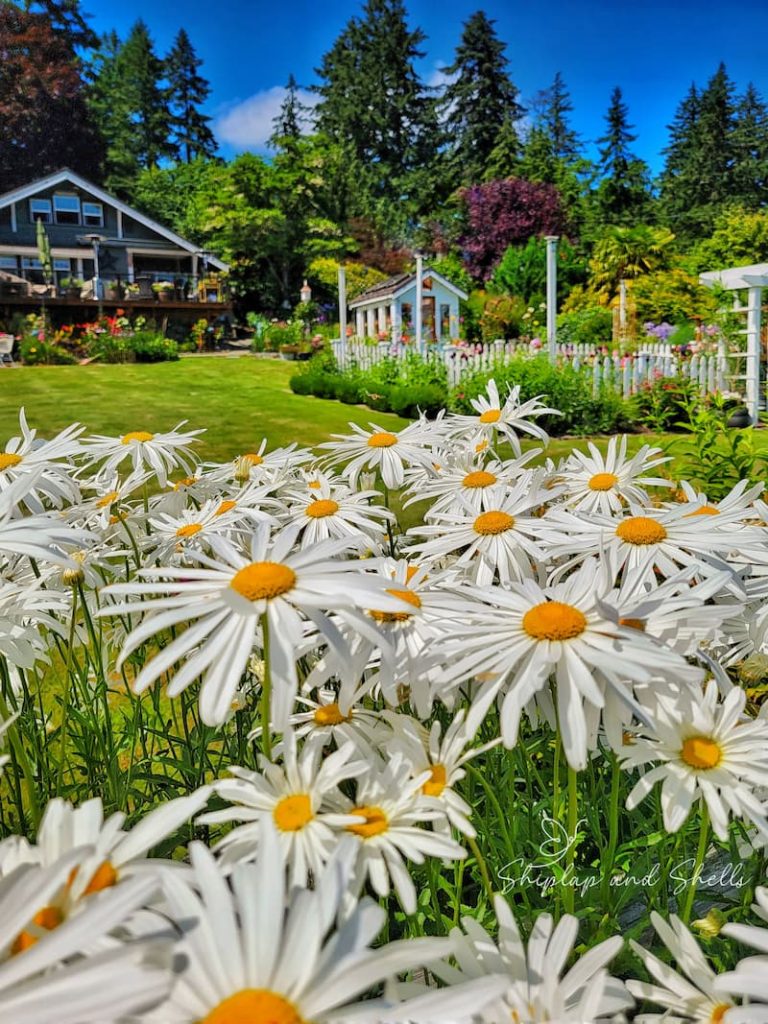
Daisies are early summer bloomers and stick around until the first part of August in my garden. They are great pollen producers and attract bees and butterflies.
Snapdragons
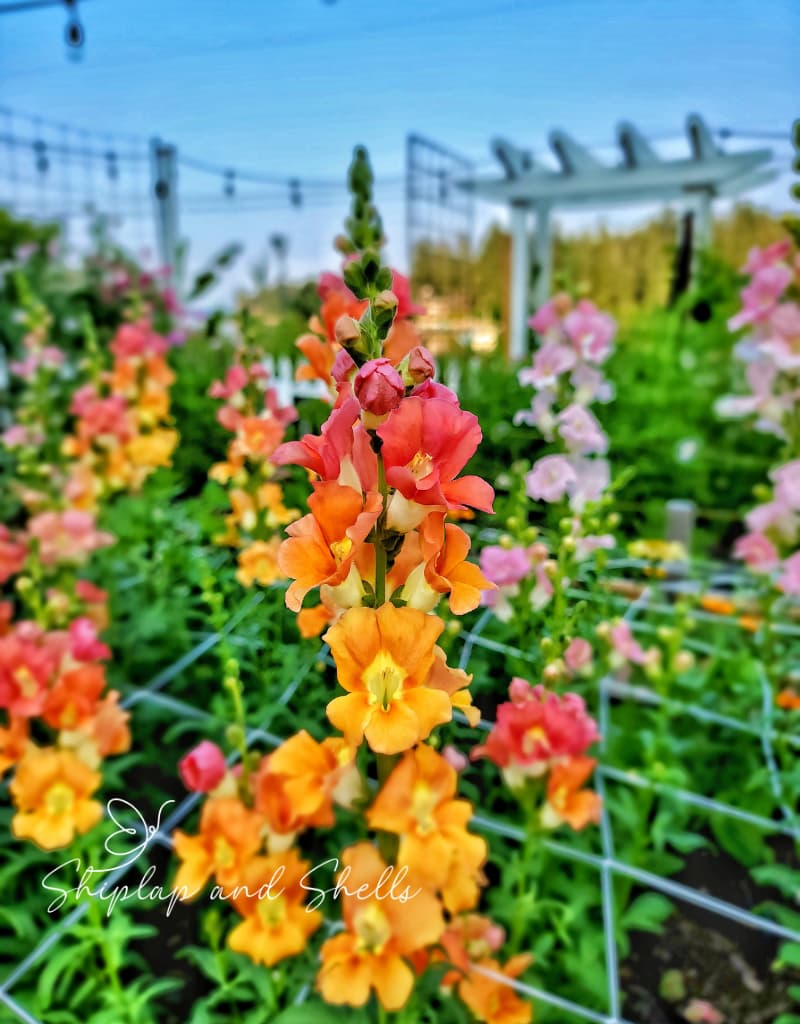
Bumblebees love snapdragons for so many reasons. The bell-shaped flower is perfect for the bees to buzz in and out. The way that the snapdragon’s patterns are arranged on each flower is a huge attractor to these pollinators.
Did you know that this flower releases a scent during the bee’s most active hours of the day to attract them?
Blazing Star
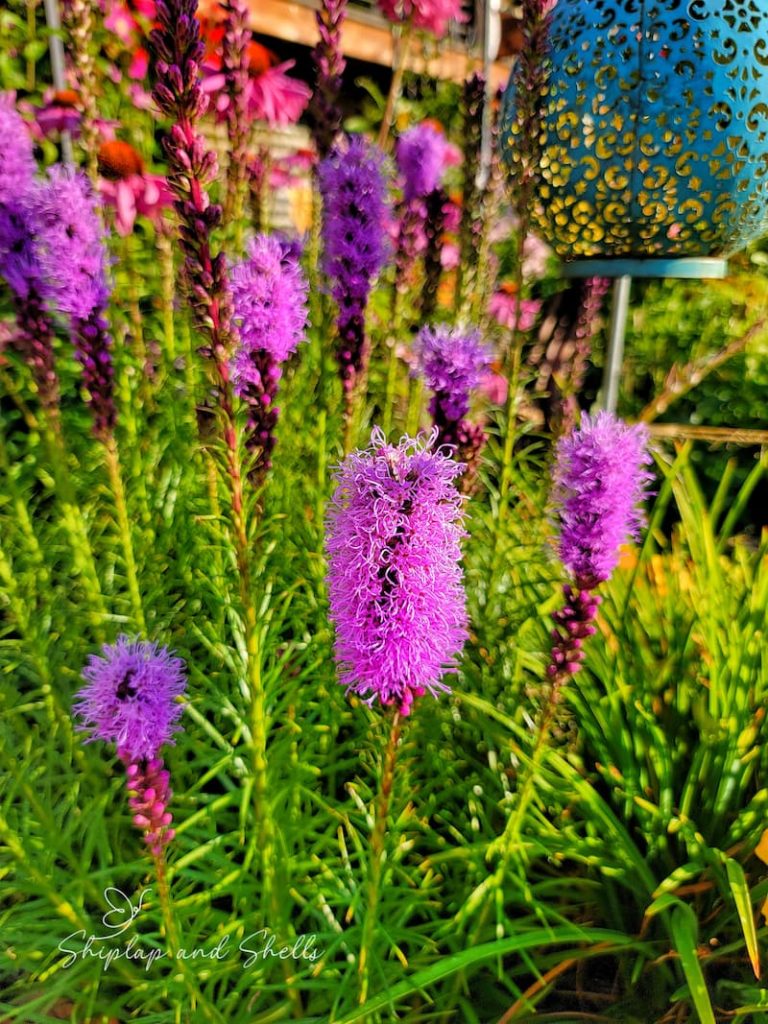
Monarch butterflies, bees, and hummingbirds love these tall, purple fuzzy spears that bloom in July and August.
Marigolds
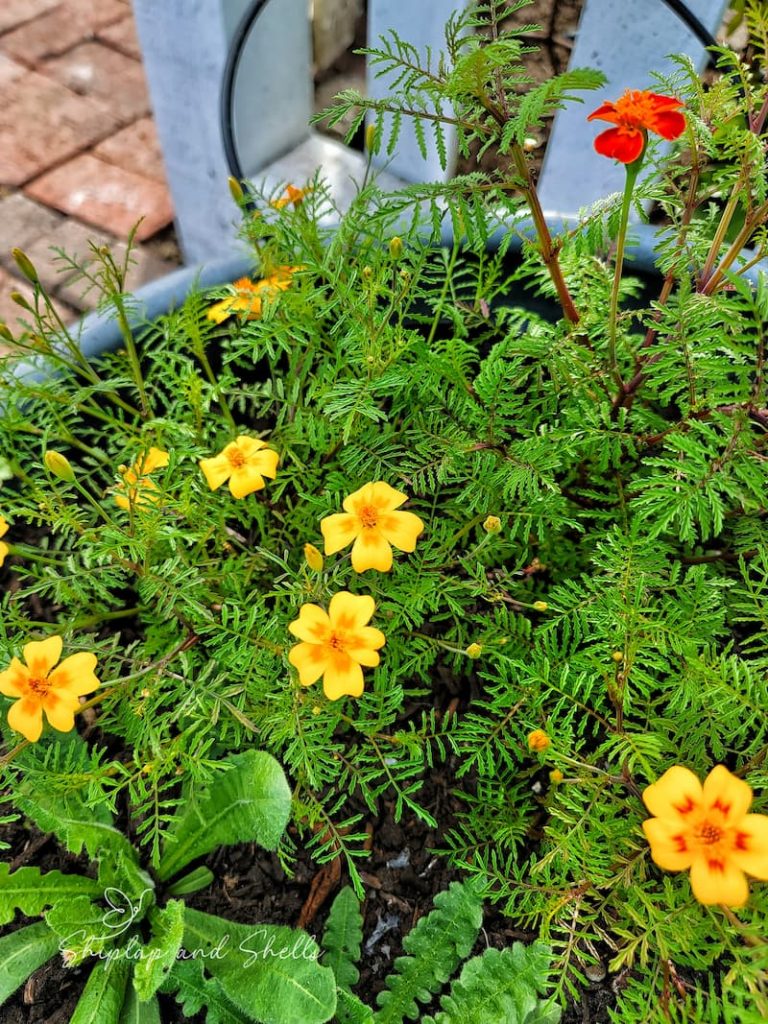
This annual is a great companion plant in the garden that repels pest insects. It blooms from late spring until the first frost of the season and attracts butterflies and moths.
Asters
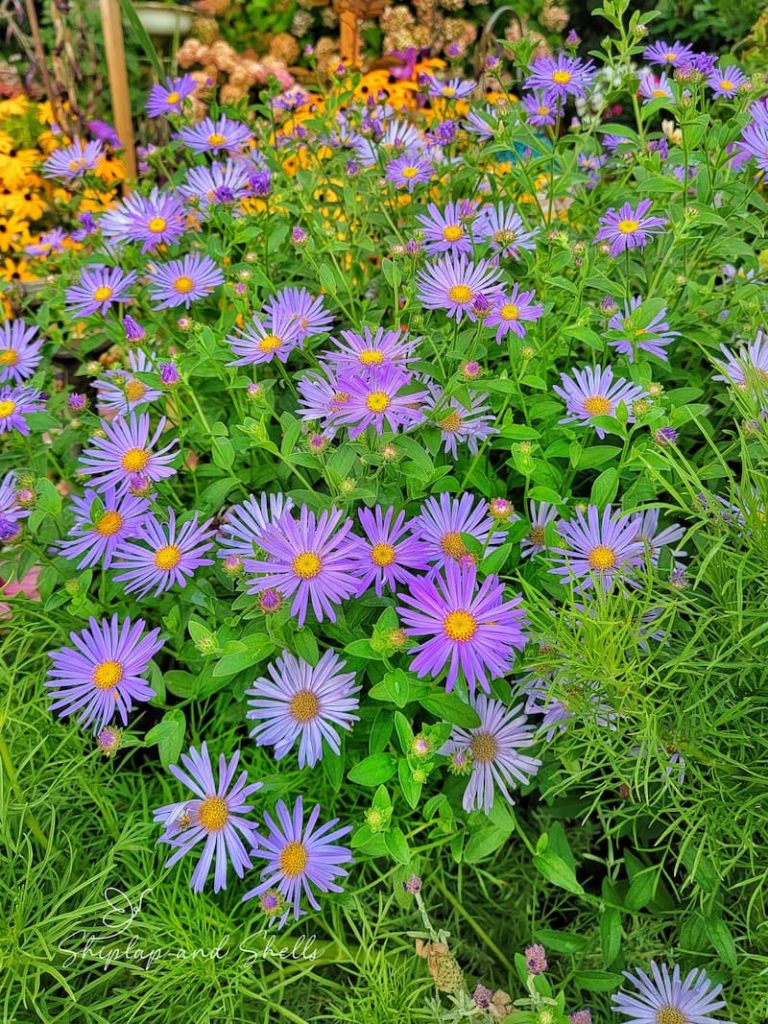
Asters are a perennial that blooms from early summer to fall and attract bees and butterflies. This plant is known to be disease and deer-resistant, however, I have had an aphid infestation this summer with mine.
Sunflowers
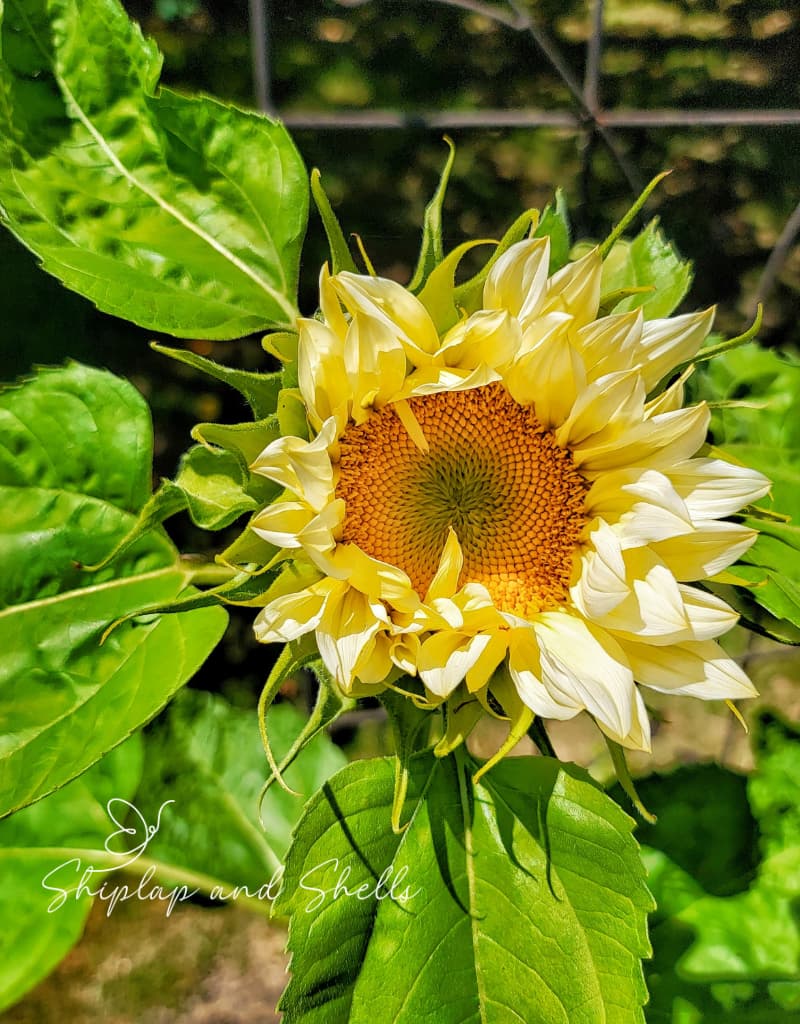
Sunflowers bloom from summer through fall and are attractors to pollinators such as butterflies and hummingbirds. Birds love to eat the seeds. This flower also has bee-healing properties in its pollen so be sure to plant open-pollinated sunflower varieties.
Salvia
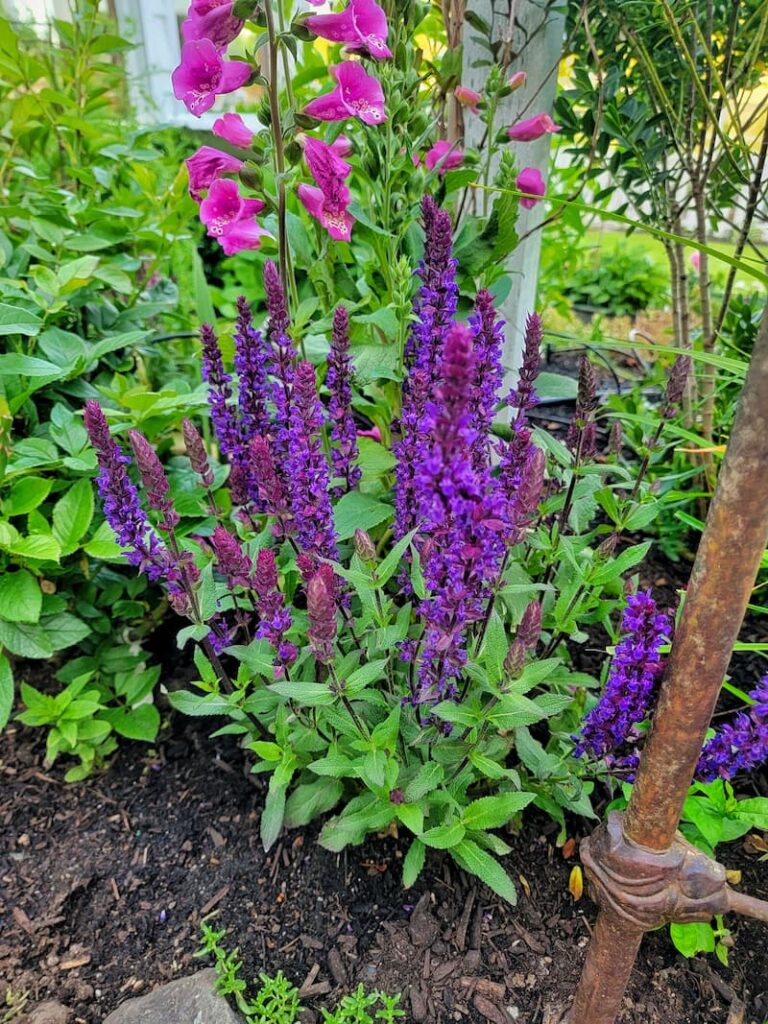
Bees, butterflies, and hummingbirds love the spikes found in salvia.
Lavender
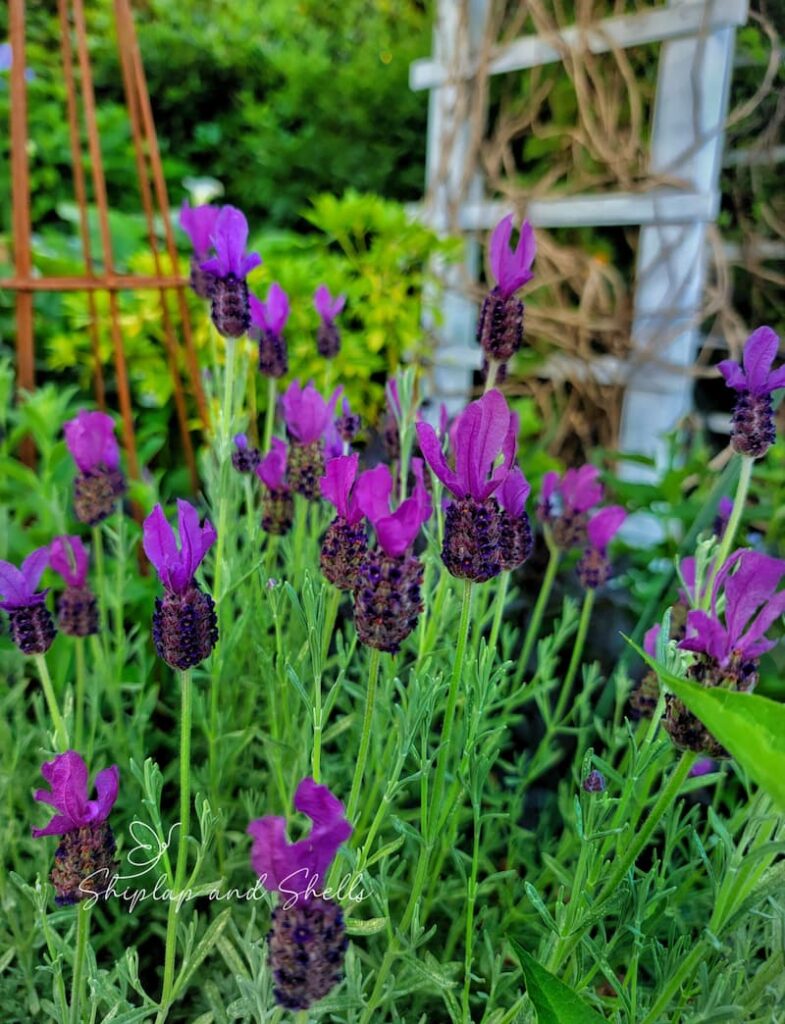
Lavender is a perennial herb that not only attracts pollinators but helps ward off flies, fleas, and mosquitos. The tiny flower spikes are the perfect size for honeybees.
More of the Best Flowers for Pollinators
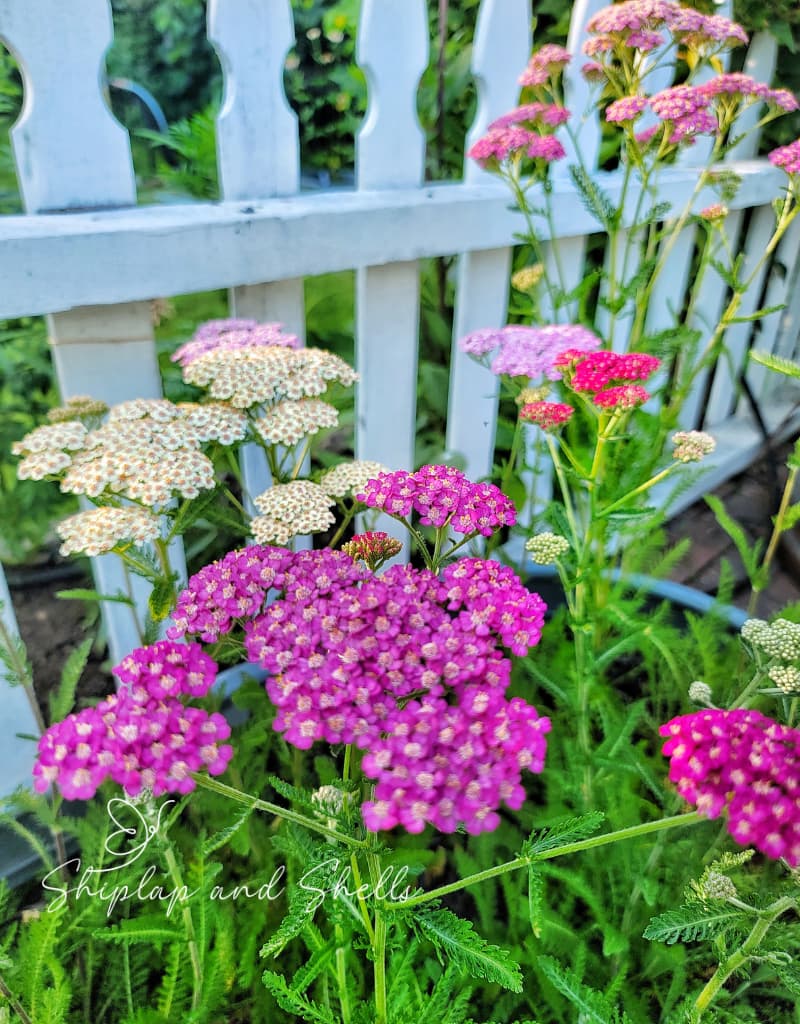
Best Flowers to Attract Bees
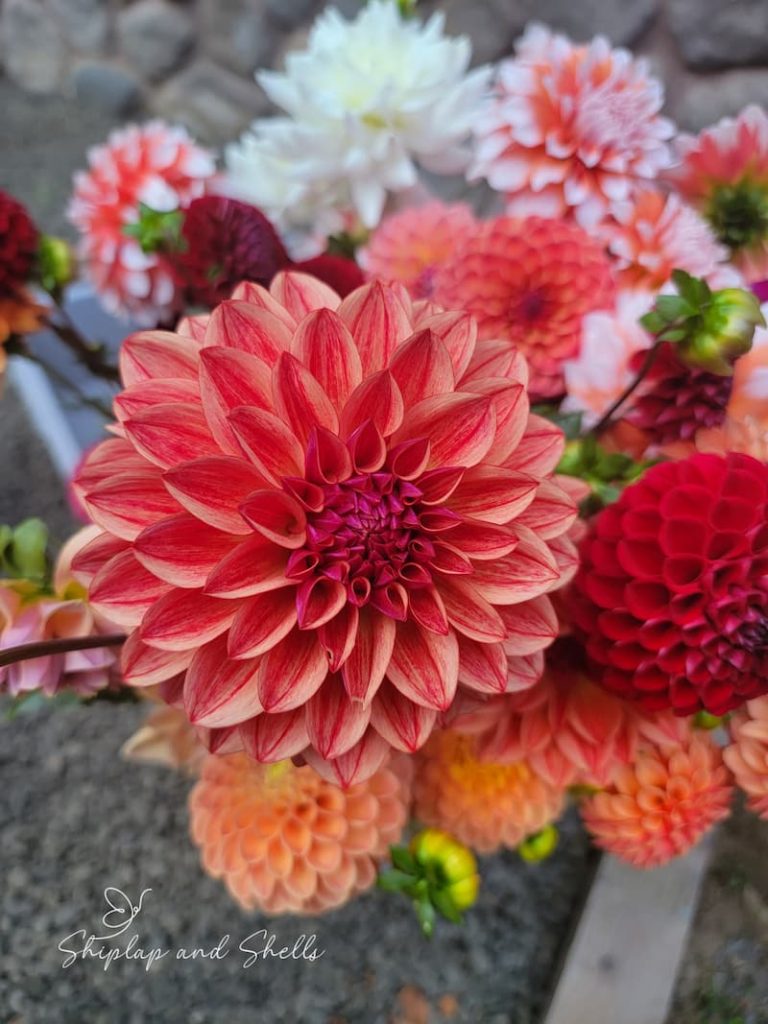
The Best Flowers to Attract Hummingbirds
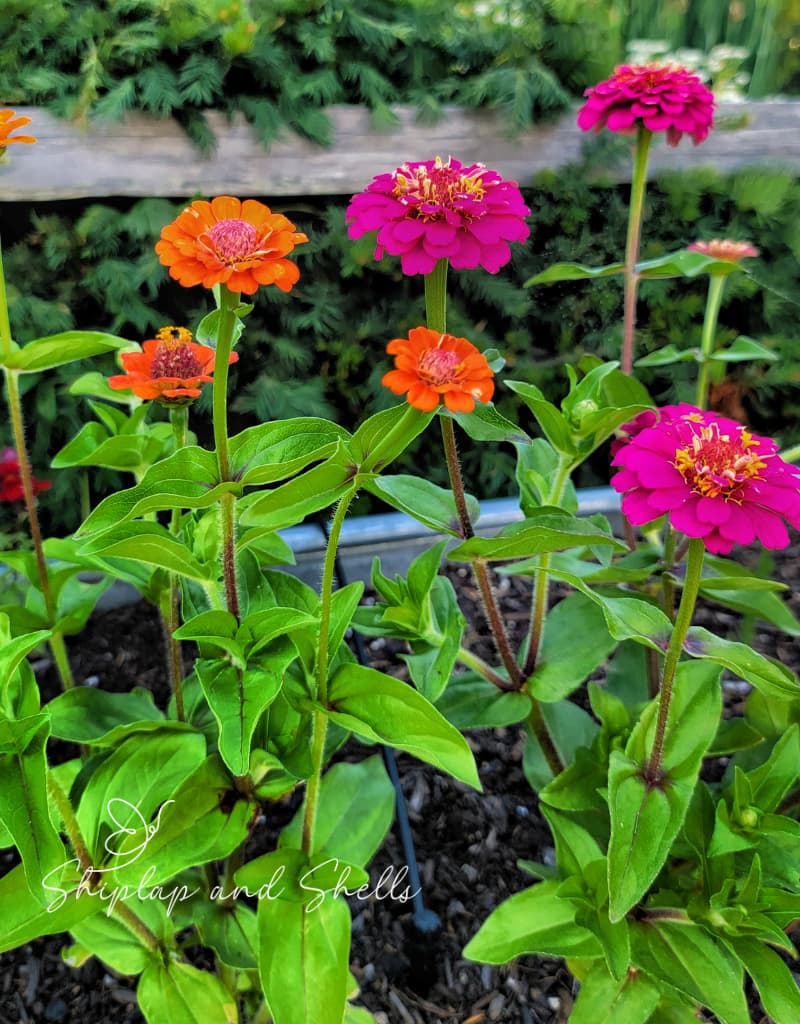
Best Flowers to Attract Butterflies

Herbs
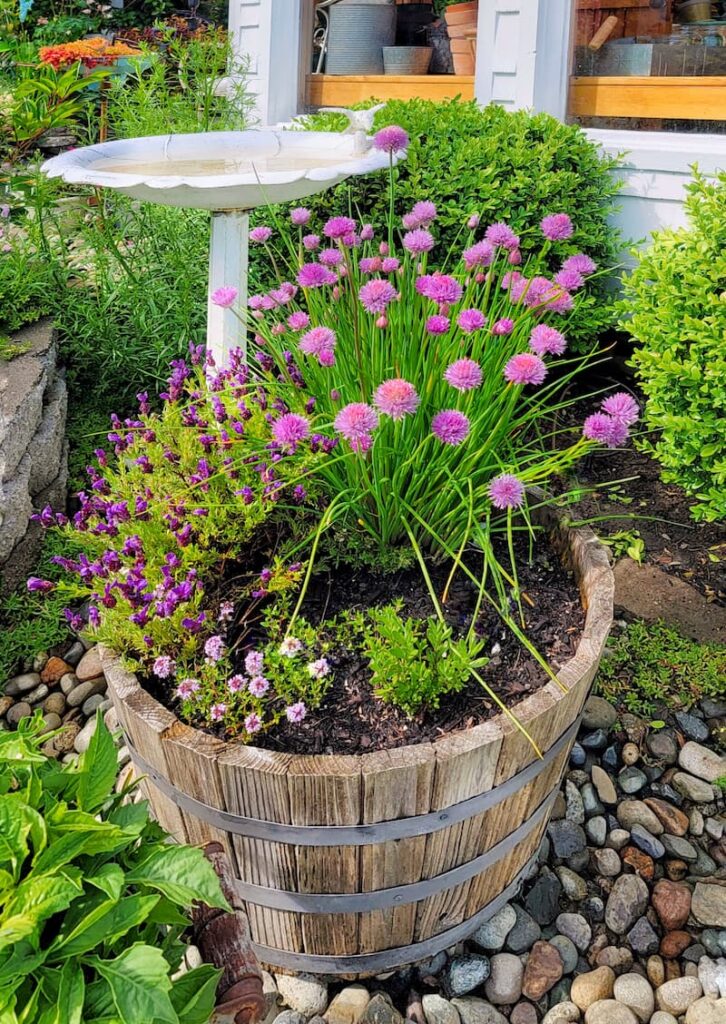
Butterflies and bees are attracted to herb plants like chives, dill, parsley, and sage when you let them flower. Caterpillars will feed on your herb plants, but will quickly turn into butterflies.
Beneficial Insects and How to Attract Them to the Garden
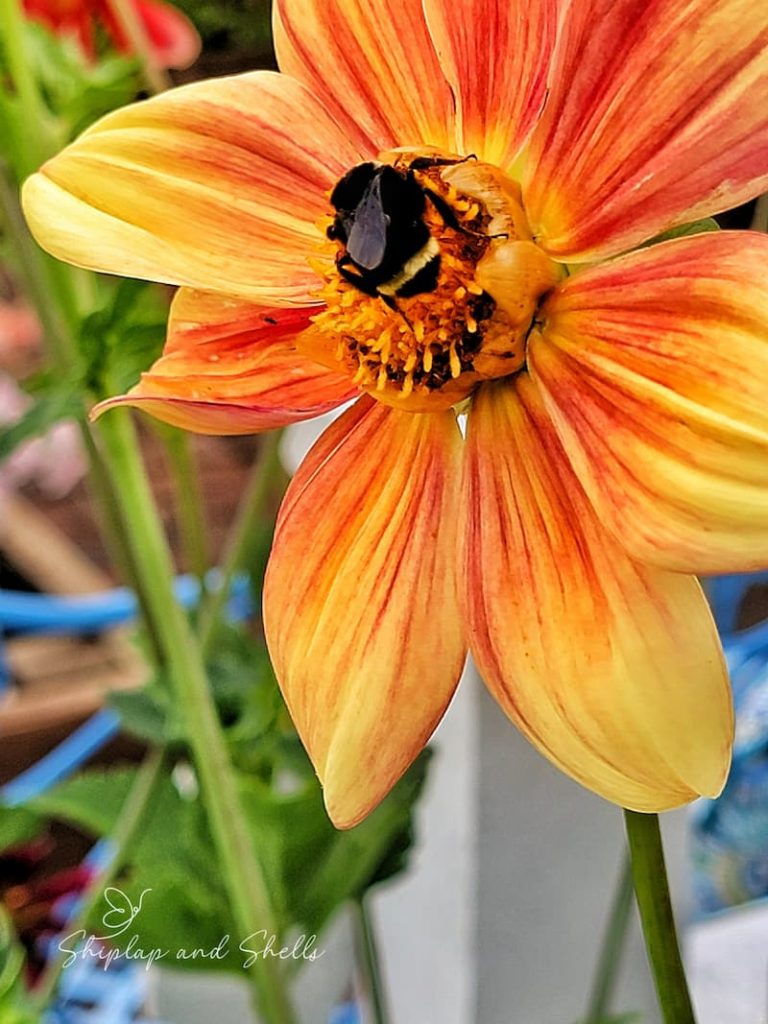
One of the most effective and natural ways to keep your garden healthy and vibrant is by attracting beneficial insects. They play an important role in pollination, pest control, and overall ecosystem balance.
3 Main Categories of Beneficial Insects
Beneficial insects prey on harmful insects which reduces the need for chemical pesticides. This helps create a natural and sustainable ecosystem in your garden.
How to Attract Beneficial Insects to the Garden
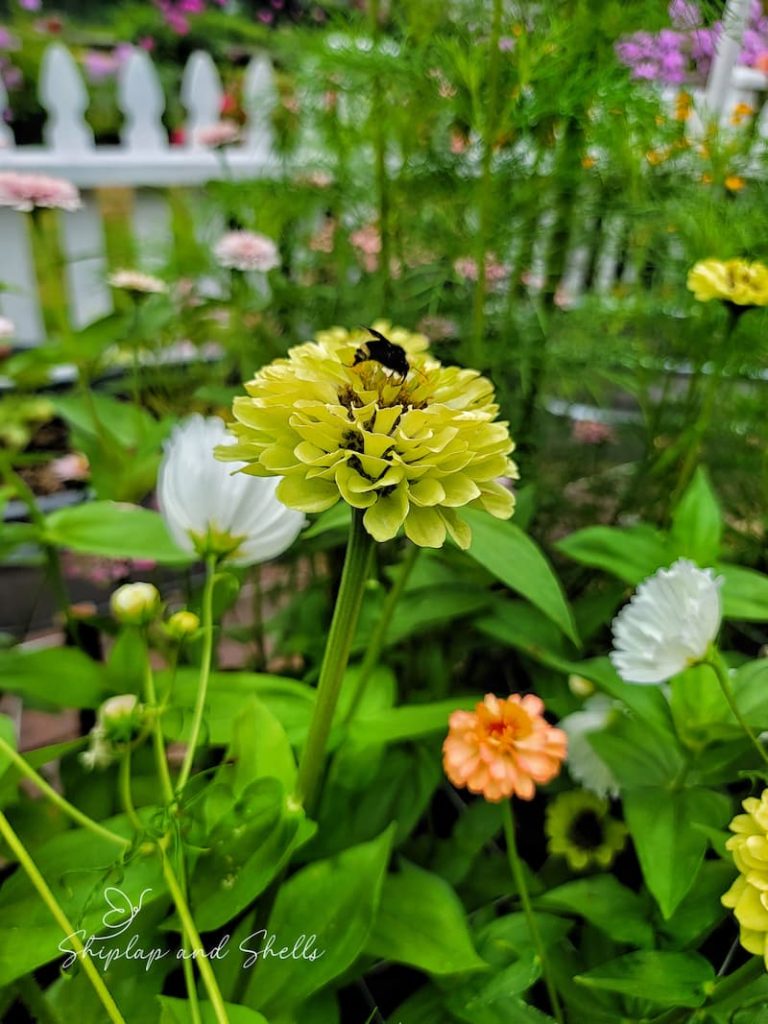
Here are a few things you can do in your garden to attract beneficial insects:
Plants to Attract Predators and Parasitizers Beneficial Insects
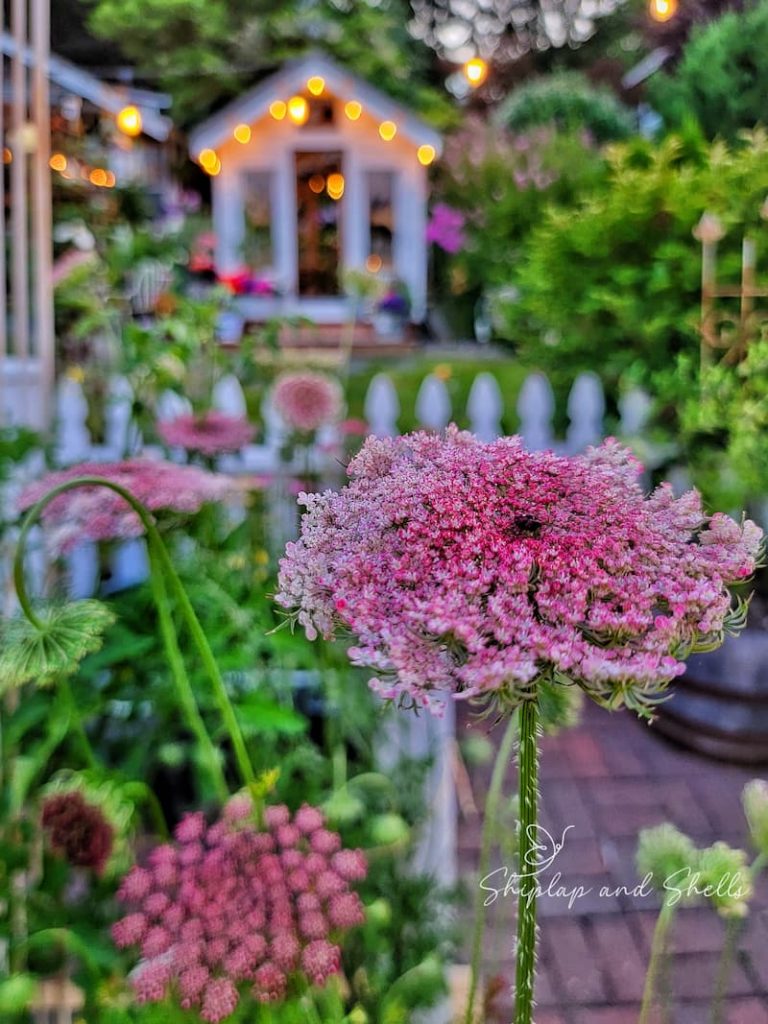
Common Questions About Pollinators
What are the 3 Biggest Threats to Pollinators?
1. Habitat loss
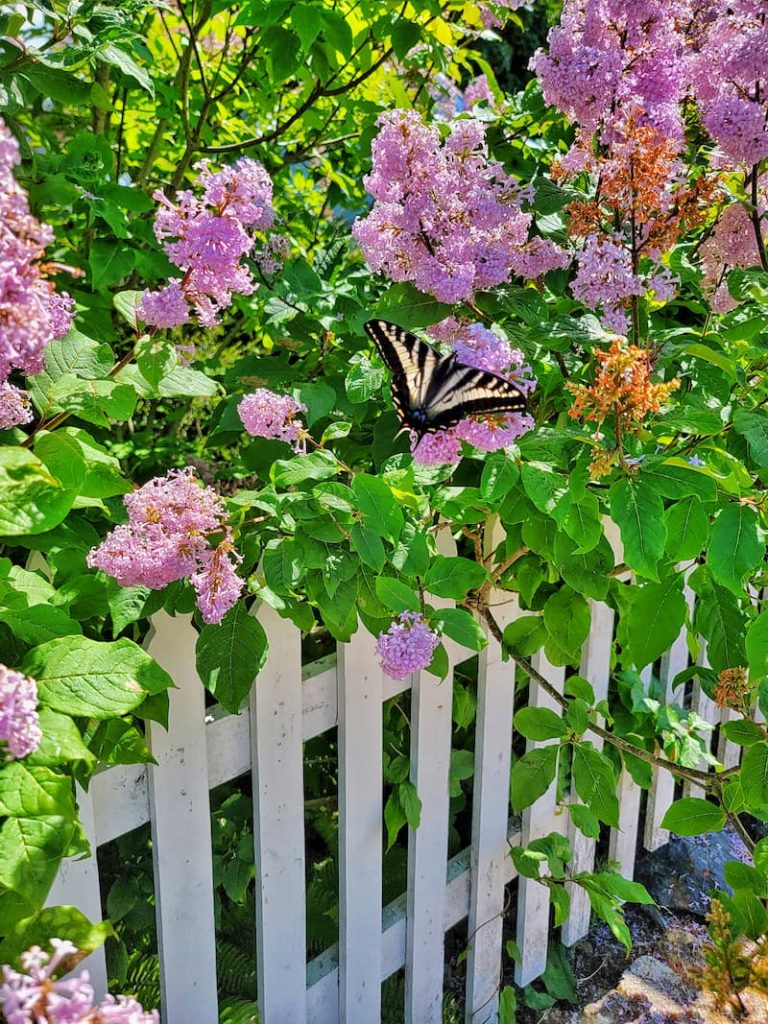
Urbanization, agriculture, and deforestation have led to the destruction of pollinator habitats. These include meadows, forests, and wildflower-rich areas.
Because their habitat is shrinking, pollinators struggle to find sufficient food sources, nesting sites, and suitable environments to thrive.
2. Pesticide Use and Exposure
Herbicides eliminate flowering plants which reduces available nectar and pollen sources. Pesticide residues can accumulate in the pollen and nectar of the plant, potentially affecting their health.
3. Climate Change
Rising temperatures, altered rainfall patterns, and extreme weather events can disrupt the timing of flowering and the timing of pollinators in the garden.
Because of these changes, they can affect the availability and quality of nectar and pollen sources.
How Do I Make My Yard a Pollinator Habitat?
What Smell Attracts Pollinators?
What is the Most Efficient Pollinator?
Honeybees are considered the most efficient pollinators. However, bumblebees, solitary bees, butterflies, moths, and certain types of flies also play crucial roles in pollination.
How Do I Find Native Pollinator Plants for My Area?
Final Thoughts On Attracting Pollinators

Incorporating pollinator plants in your garden, both annuals and perennials, is a great way to attract a variety of bees, butterflies, and other beneficial insects.
By providing a water source, selecting the right plants, and minimizing pesticide use, you can create a vibrant and sustainable garden, while welcoming a sanctuary for these vital pollinators.
Transform your outdoor space into a colorful haven that not only looks beautiful but also supports nature’s delicate balance.
If you have any questions or want to share a message, I’d love to hear from you. Leave a comment below. And be sure to share this blog post link with anyone who may find these gardening tips useful.
Until next time,
Happy Gardening!

I’m a self-taught hobby gardener. Everything I share on my blog is my opinion and what has worked for me.
MORE POSTS
For You To Enjoy
Follow Me for More Inspiration
Shop my Amazon Storefront, LTK sources, and my favorite home decor, garden, and lifestyle products. When you purchase from one of my links, I earn a small commission, which helps me continue sharing all the content you expect on my blog.
Be sure to follow me on Pinterest, Instagram, Facebook, TikTok and LIKEtoKNOW.it. Do you like gardening? Join my Facebook Gardening Tips & Tricks group.

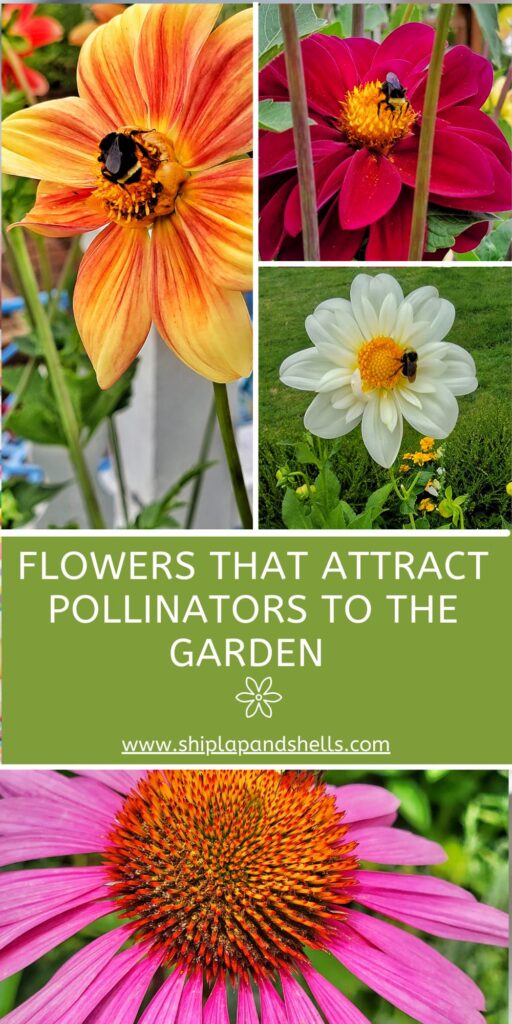

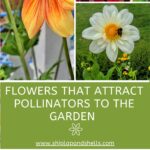
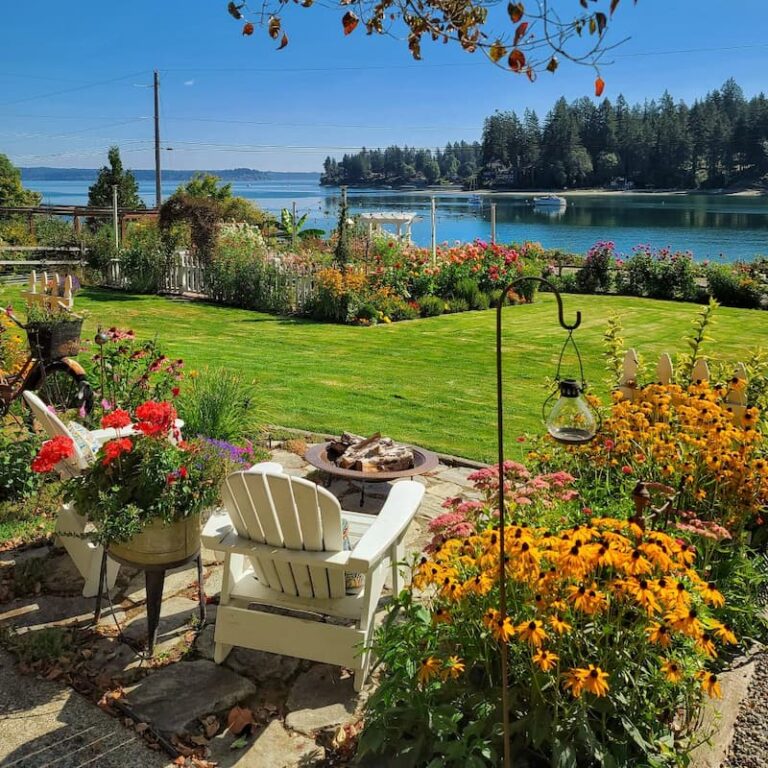
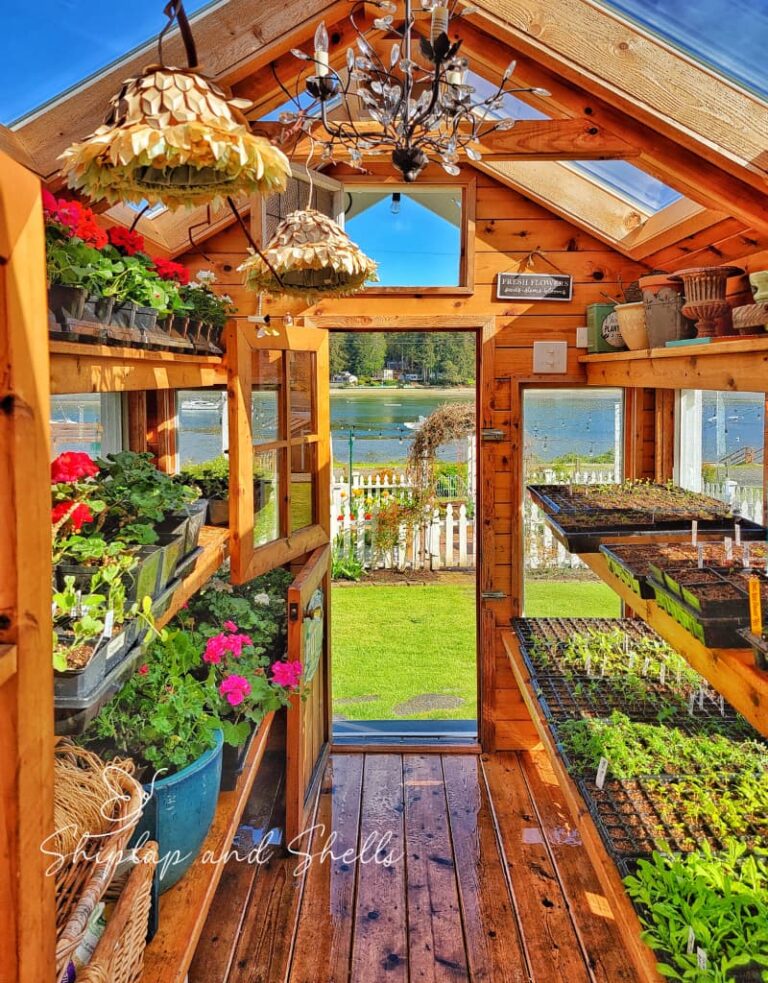
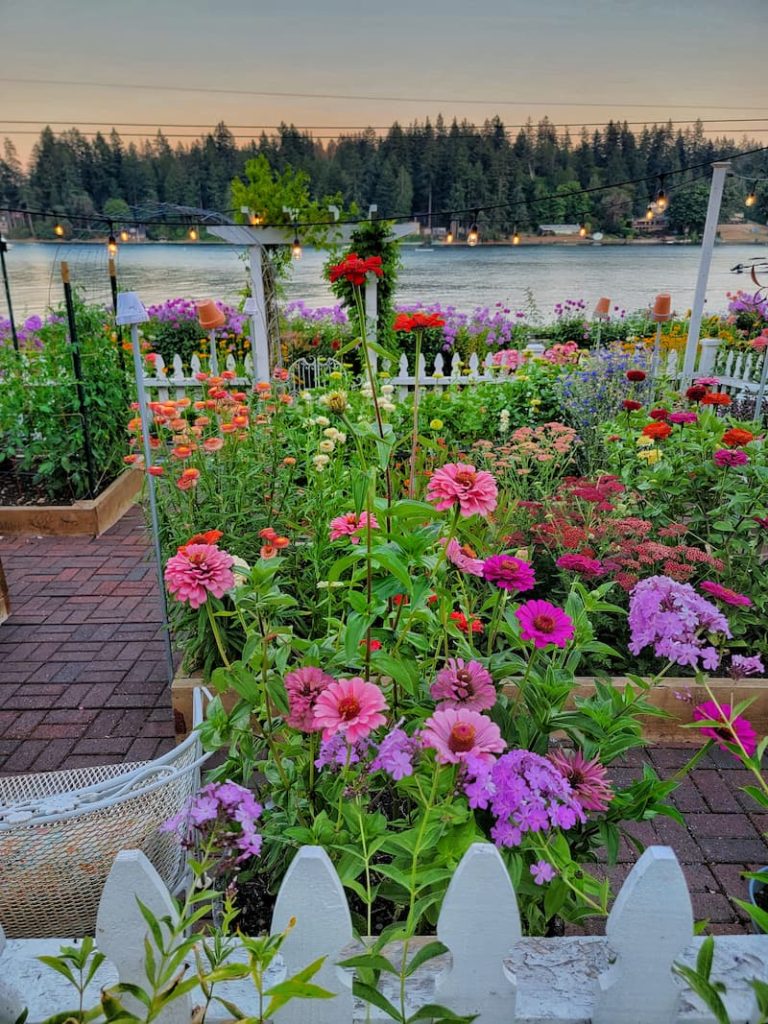
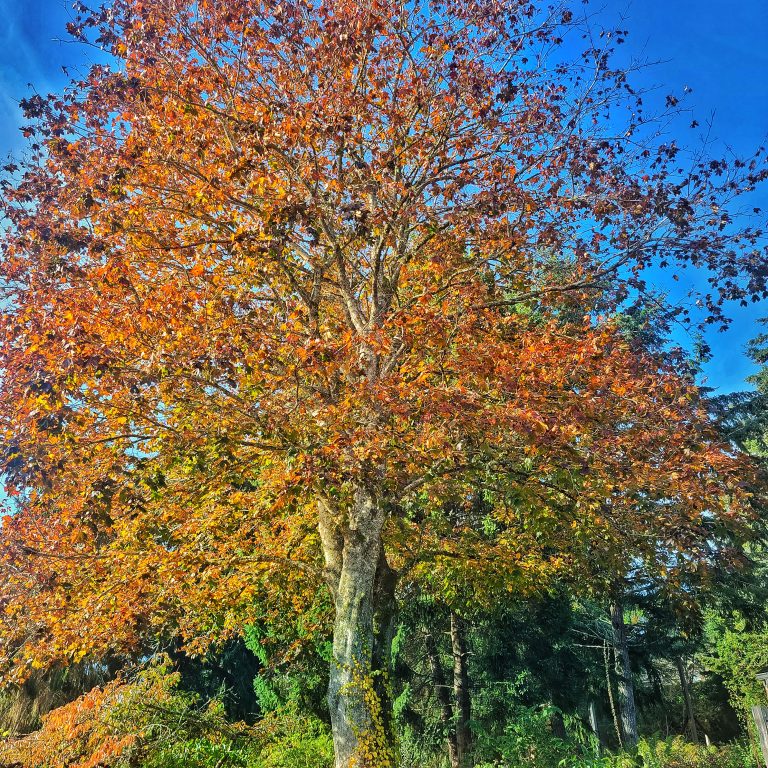
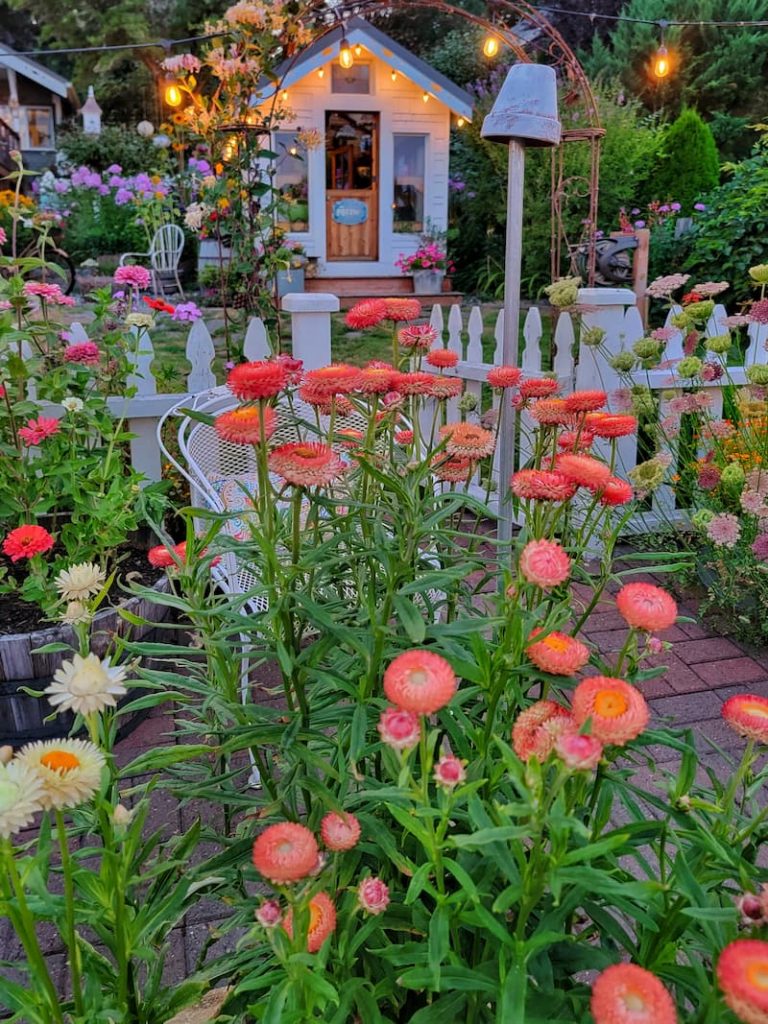
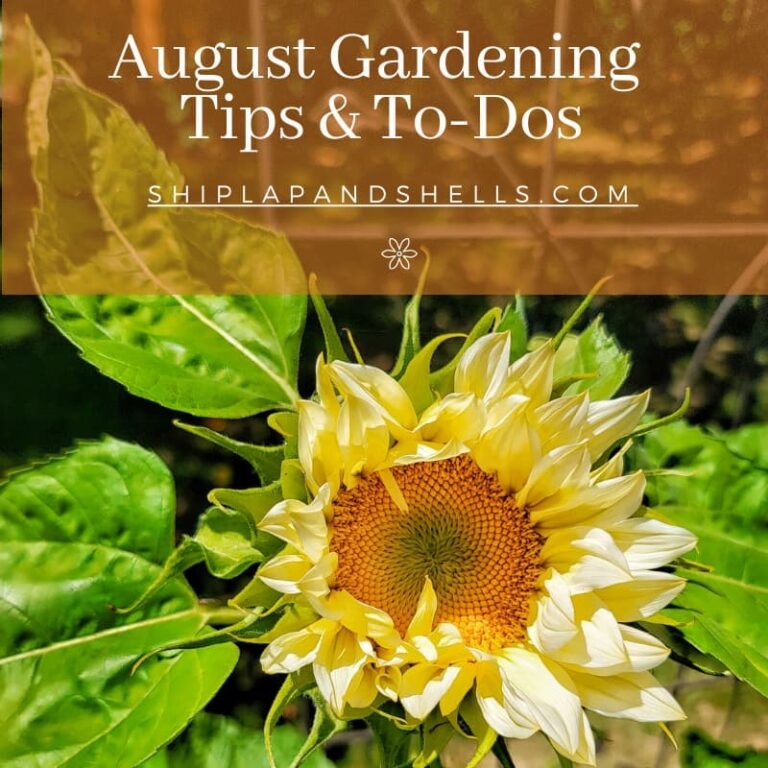
I needed this one, thank you so much for sharing ☺️
Great tips kim! I love seeing the pollinators too!
This is so helpful and I love the photos you captured of the bees on your flowers! I’m sharing it with my followers today in my Sunday round up post.
Kim,
I love these tips and I plan to share a link on my post on Sunday.
Thank you so much, Rachel! I appreciate it.
Kim you have so many beautiful flowers. I wouldn’t know where to begin. Glad you’re back home ?
Thank you, Ann! As much as I loved the boat, I’m so happy to be home. I feel like I missed out on so much in three weeks!
the gardens look so pretty! Thanks for sharing these great tips! Pollinators are much needed in the garden! xo
Thanks, Stacy! I can’t believe how many bees we have buzzing around the garden right now. They are especially loving the Sedum Autumn Joy!!!
Thanks so much for these fabulous tips, Kim, I really appreciate it. We’re constantly looking for sustainable ways to keep bees and other friends of the garden hanging around so this is a huge help. Hope your summer has been amazing! I can’t believe it’s already time to transition from one season to another. Hugs, CoCo
I’m so glad these tips will help CoCo! I am absolutely shocked that we are going into the fall season soon. I really can’t figure out where summer went.